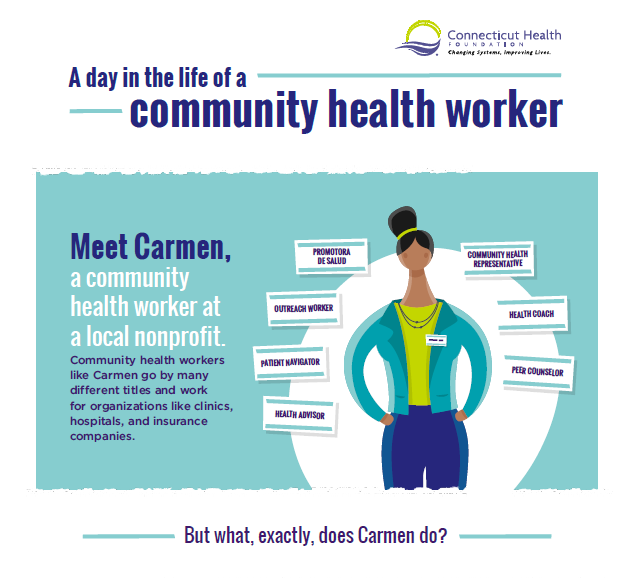Just How Rheumatoid Arthritis Advances: Stages Of RA

Web Content Composed By-Scarborough Lim
If you're handling rheumatoid arthritis, comprehending just how it advances is important. The journey normally begins with refined symptoms that can quickly be neglected. As time goes on, those symptoms evolve, influencing your every day life in ways you could not anticipate. It is necessary to recognize these phases to handle your condition efficiently. So, what can you anticipate as RA advances, and just how can you plan for each action?
Beginning Signs And Symptoms and Medical Diagnosis
When you initially discover consistent joint discomfort or tightness, it might be easy to reject it as simply a part of aging or overexertion. However, these early signs and symptoms could indicate rheumatoid arthritis (RA).
You could experience swelling, heat, and inflammation in your joints, particularly in the hands and feet. Morning tightness lasting greater than an hour is one more typical indicator.
It's vital to focus on these symptoms, as early medical diagnosis can dramatically impact your treatment alternatives. If you suspect RA, consult your physician for a complete evaluation.
visit the next post gauging inflammation markers and rheumatoid element can assist in identifying the condition. Early intervention enables you to manage signs and symptoms far better and reduces the development of the disease.
Moderate Stage Characteristics and Monitoring
As rheumatoid arthritis proceeds to the modest stage, you might observe boosted joint damages and a greater impact on your every day life.
You could experience more regular pain and tightness, particularly in the morning. Swelling could be more pronounced, influencing your capability to perform everyday jobs.
It's essential to take care of these signs proactively. Your medical professional may suggest a mix of medicines, consisting of disease-modifying antirheumatic medications (DMARDs) and nonsteroidal anti-inflammatory medications (NSAIDs) to assist control inflammation and discomfort.
Physical treatment can additionally play an important function in maintaining wheelchair and strength. Integrating mild exercises, like swimming or yoga, can boost your total well-being.
Remaining mindful of your body's signals and making necessary modifications will help you browse this phase efficiently.
Advanced Phase Implications and Therapy Alternatives
In the advanced phase of rheumatoid arthritis, joint damage might come to be substantial, causing decreased wheelchair and boosted discomfort.
You may find daily tasks challenging, influencing your lifestyle. It's critical to work carefully with your healthcare provider to discover treatment alternatives.
Disease-modifying antirheumatic drugs (DMARDs) can aid slow down development, while biologics target specific pathways to decrease swelling.
Discomfort administration approaches, including nonsteroidal anti-inflammatory medicines (NSAIDs) and corticosteroids, can relieve pain.
Physical therapy can boost mobility and stamina. Additionally, way of life modifications, like a balanced diet plan and normal exercise, can improve your total well-being.
Do not think twice to talk about any worry about your physician; very early treatment can make a substantial distinction in managing signs and symptoms and maintaining feature.
Final thought
In conclusion, recognizing how rheumatoid arthritis progresses is critical for handling your signs successfully. By acknowledging early indications, you can seek timely diagnosis and treatment, possibly slowing the disease's advancement. As RA proceeds to moderate and innovative stages, staying positive with drug, physical therapy, and way of life changes comes to be important. You're not alone in this journey; assistance is available to help you keep your quality of life and manage the difficulties that featured RA.

